Two weeks ago, Willamette Week hired me to make some urban landscape photos around a specific block in downtown Portland. Since I was to be photographing buildings instead of people, I didn’t think about or prepare much for the assignment, other than googling hourly cloud-coverage and moving the coffee/work date I had with Alyssa1 an hour earlier so I could catch the afternoon light and submit photos before 3pm.
I should’ve known based on the cross streets that this would not be a cute, meandering, exploratory, romanticized photo story like my walk around NW a few weeks earlier.
One lavender latte closer to developing a caffeine dependency, I plugged 4th and Washington into Google Maps and made my way back to the west side of the river. The sun was low enough in the sky to be pretty and high enough to clear the surrounding buildings, illuminating what I immediately recognized as one of my favorite architectural facades in the city, shortly before realizing why I’d been asked to photograph it.
When the article came out the next day, I found out that Washington Center was the newest home to “Portland’s pop-up fentanyl market,” which explained the startling number of homeless and/or high people I sheepishly tried to keep out of frame in the hour I spent walking around the building. Photographing anyone on the street - let alone people who live there, with no reprieve from the public eye - is generally not my thing. I don’t believe that bleak, dramatic images of unhoused people ever do much more than exploit those individuals. I could tell they felt similarly.
Armed with a visible purpose, I moved around the block with only the fear of someone thinking I was doing this for some artsy but tone-deaf Youtube video or something. The camera has the strange power of making me - a soft, 5’4” lady with no self-defense training - feel like the biggest threat in the room - even when that room is an open-air drug market. Feeling like a threat, in this sense, is not to say I felt confident2, but rather feared and apologetic for my presence. With my lens pointed down (and slung sideways, underneath my right arm) between shots, I tried to fulfill the parameters of my assignment with discretion.
For the most part I was ignored. Two or three times I was questioned. Under his breath, one man ranted past me and I caught the words, “that’s illegal”, which prompted me to remove my eye from the viewfinder I had framing the top of a building, and contemplate, “was it?”
To cover my bases, I took a few photos that included occupants of the block, at what I hoped was a far enough distance away that they were unidentifiable, and therefore it was okay3. Ultimately, I fixated on the Cartier-billboard-looming-over-derelict-building irony, as I didn’t know exactly what the story was yet, but I figured that was a safe visual metaphor.
A few days later, I brought my Seattle friend, Michelle4, to a bar called Kelly's Olympian, which, upon turning the corner on our walk from the car, looking up to see the familiar building, and then almost immediately stepping in vomit, I realized was right across the street from Washington Center. (I know, I know, I should have remembered the cross streets and chosen any other bar, but after undergoing the most rigorous security check I'd ever been subject to on a night out, we actually had a lovely time. Dare I say it’s my new favorite bar in the city!)
I later looked up the article to send her, so we could both laugh about my poor judgement in location, and found two more articles about the same building. It turns out, after the first story shamed the building owner for neglecting his property and refusing to pay his city dues, he got angry and embarrassed and hired workers to replace the failing chain-link fence with boarded up windows. The next day, Downtown Clean & Safe took care of the sidewalks. As of April 1st, I’ve seen six total updates on the issue - all a direct result of Willamette Week’s initial article.
The difference between my naive, initial interpretation of the assignment and the story it turned into makes me laugh. But the fact that a story I worked on catalyzed any amount of noticeable change also gives me a sense of pride and hope. In this context, my images of broken building corners construct a small but decent case against exploitative poverty porn as a “necessary evil” to “get people to care”.
Granted, these fixes are quite surface level, and I do worry about how the sudden cleaning efforts affected those residing in and around Washington Center. Homelessness and addiction are complicated, serious issues, and the more I learn the less I feel like I know. I would always prefer to focus on systemic changes - such as improving government-funded addiction and mental health services - than band-aid fixes, but if I played any part in convincing some rich guy to finally pay his city dues and take responsibility for his own property, I’ll feel pretty good about that.
Wishing you another sunny Saturday,
Jordan
Although that is often the case, and also why I believe so many men on dating apps have taken such a liking to photography ;)
I don’t know! You tell me!




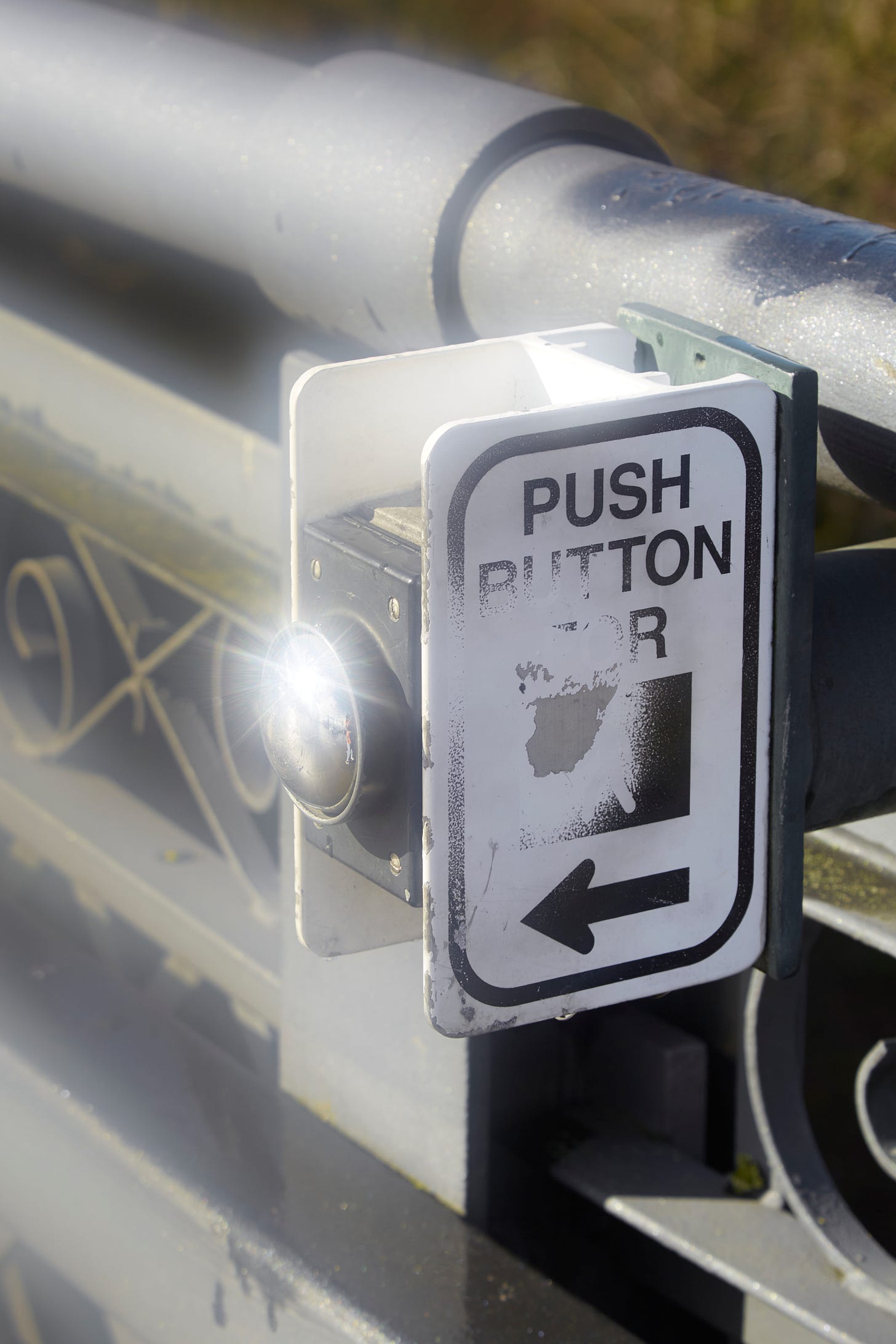
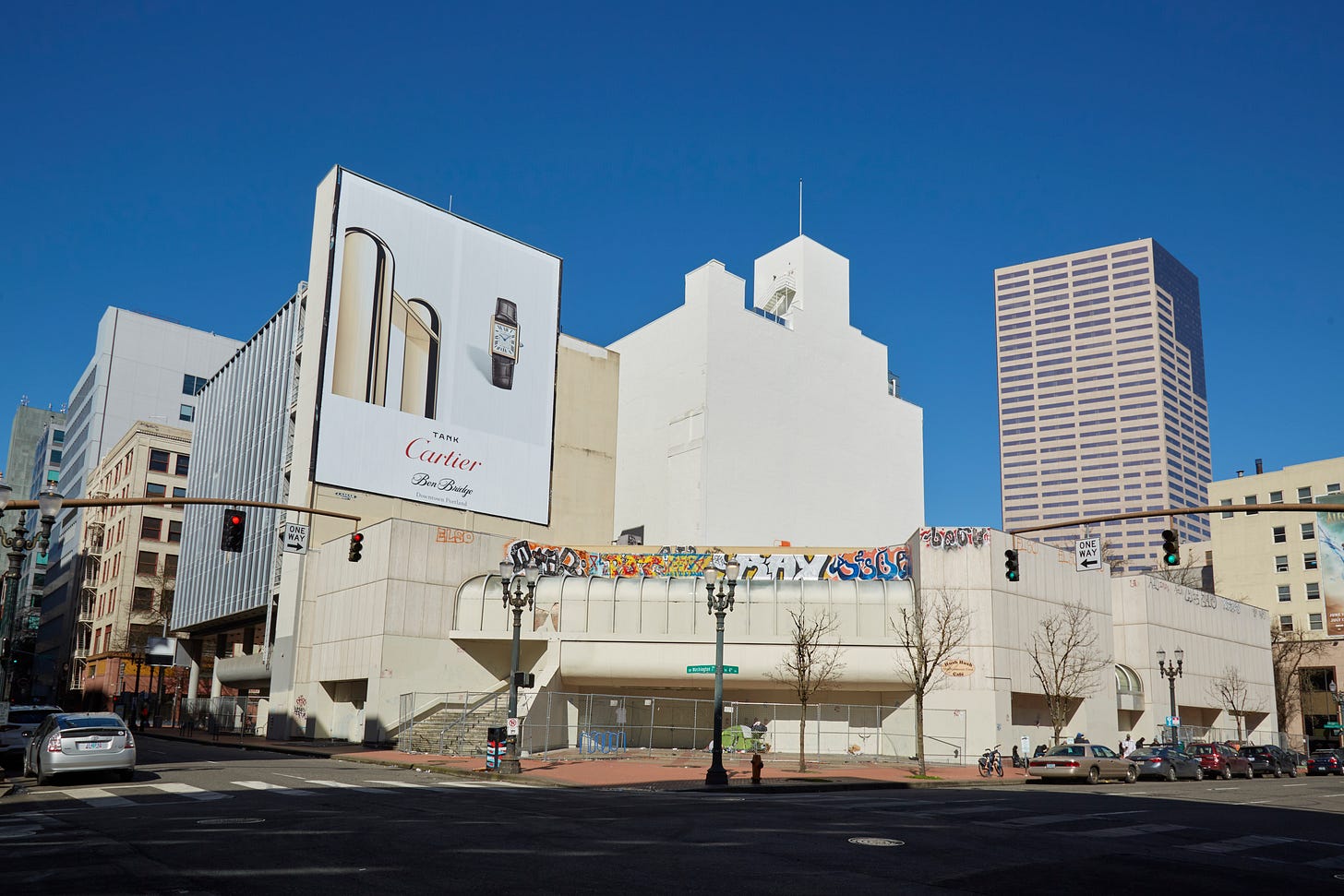
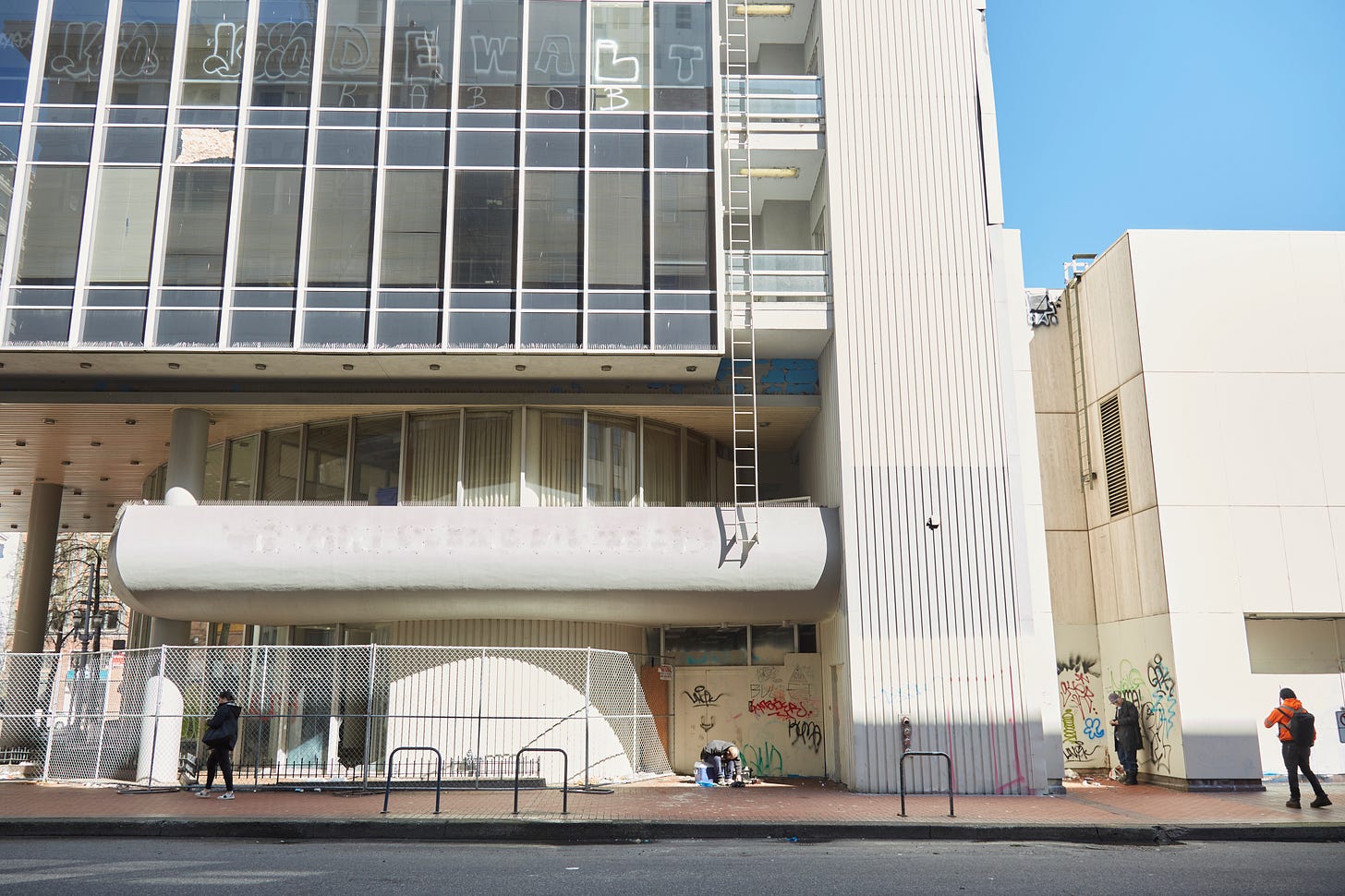
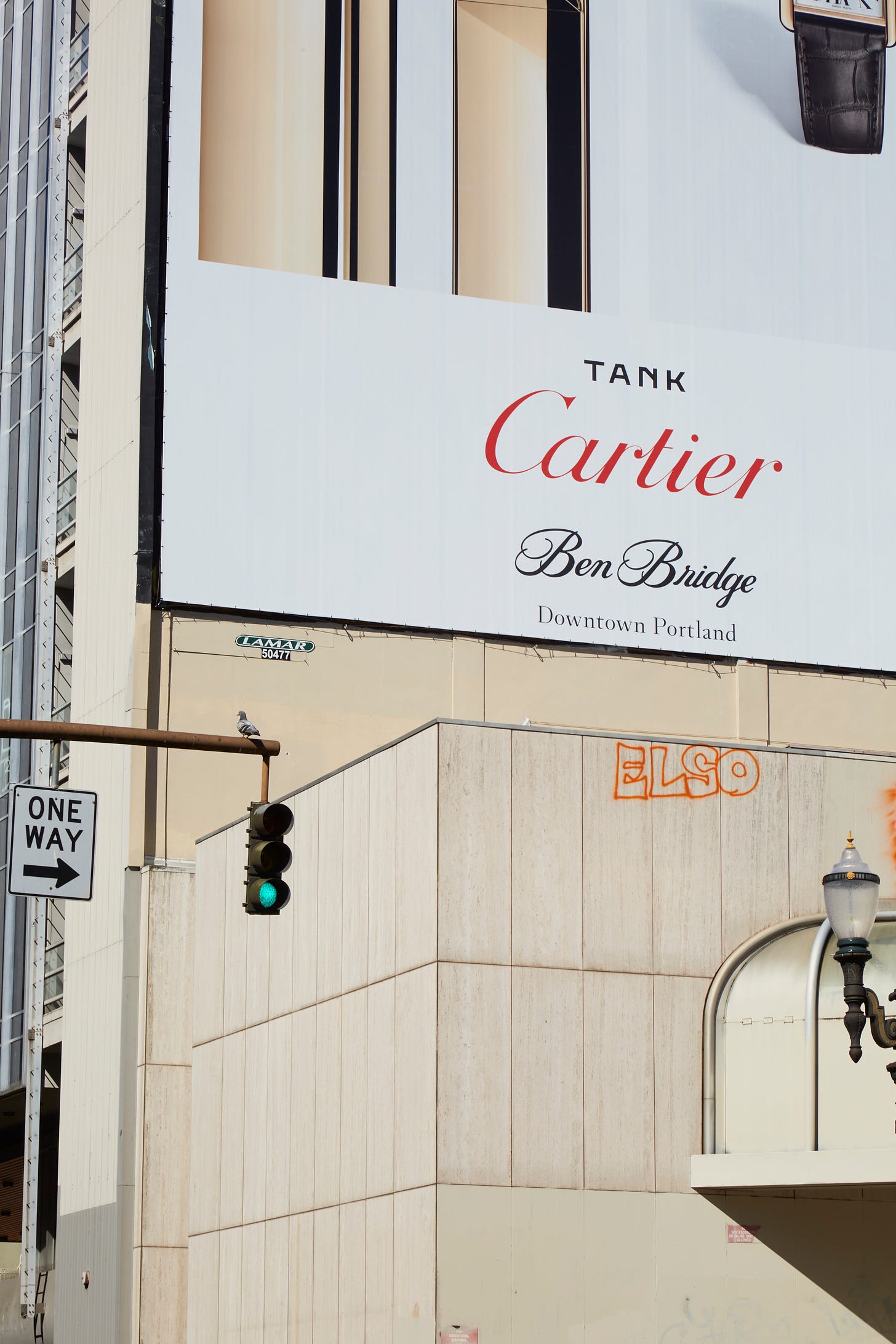
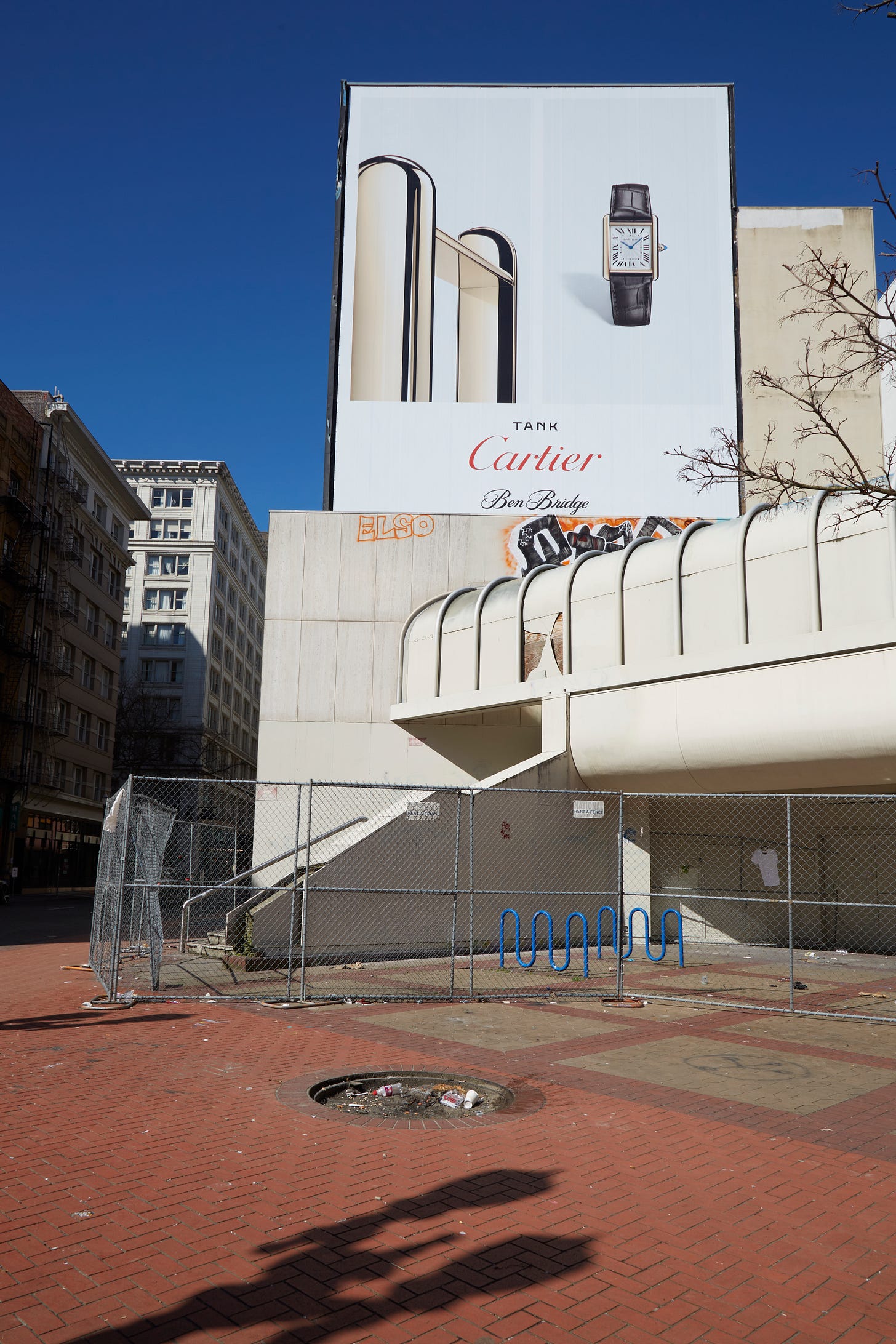
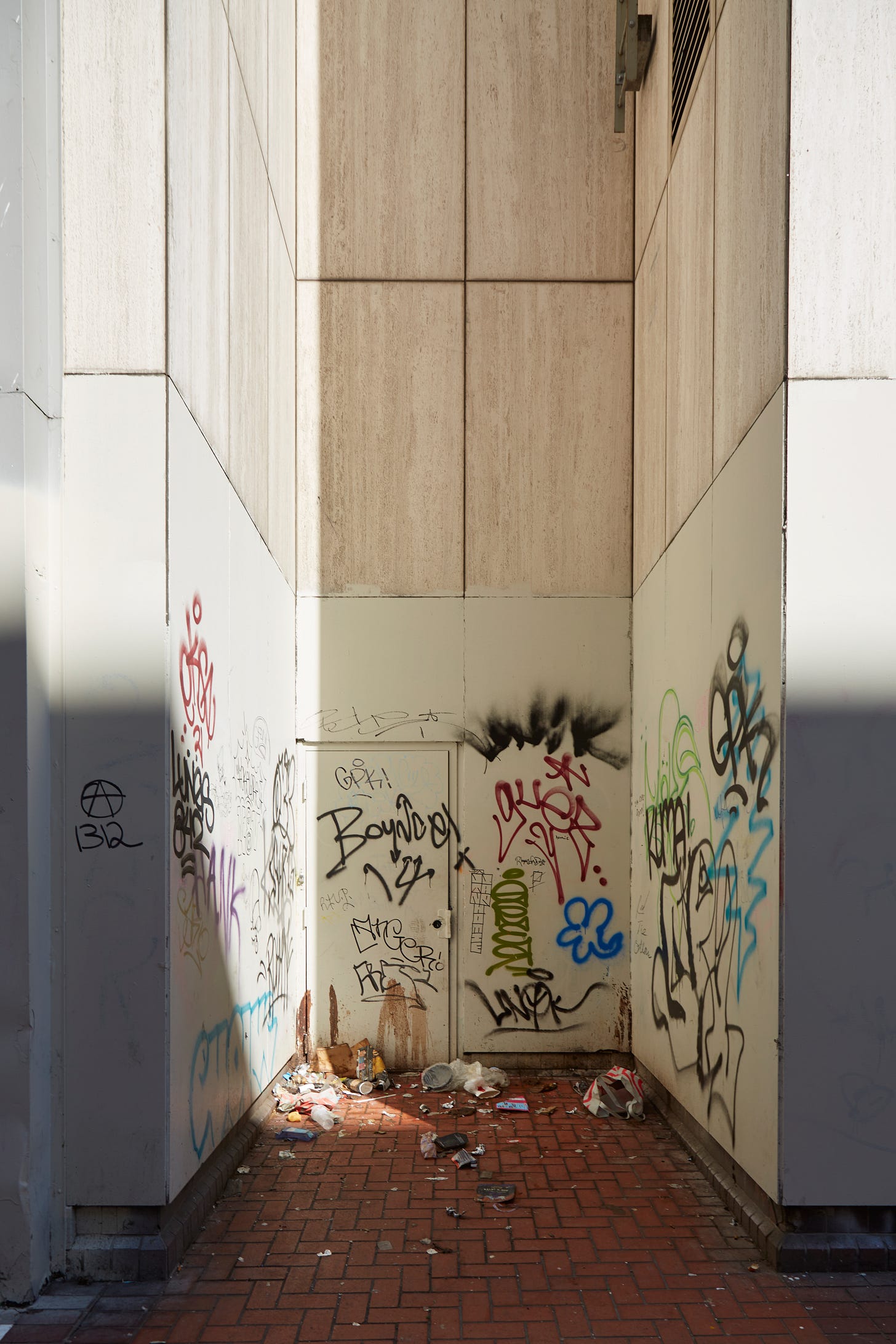
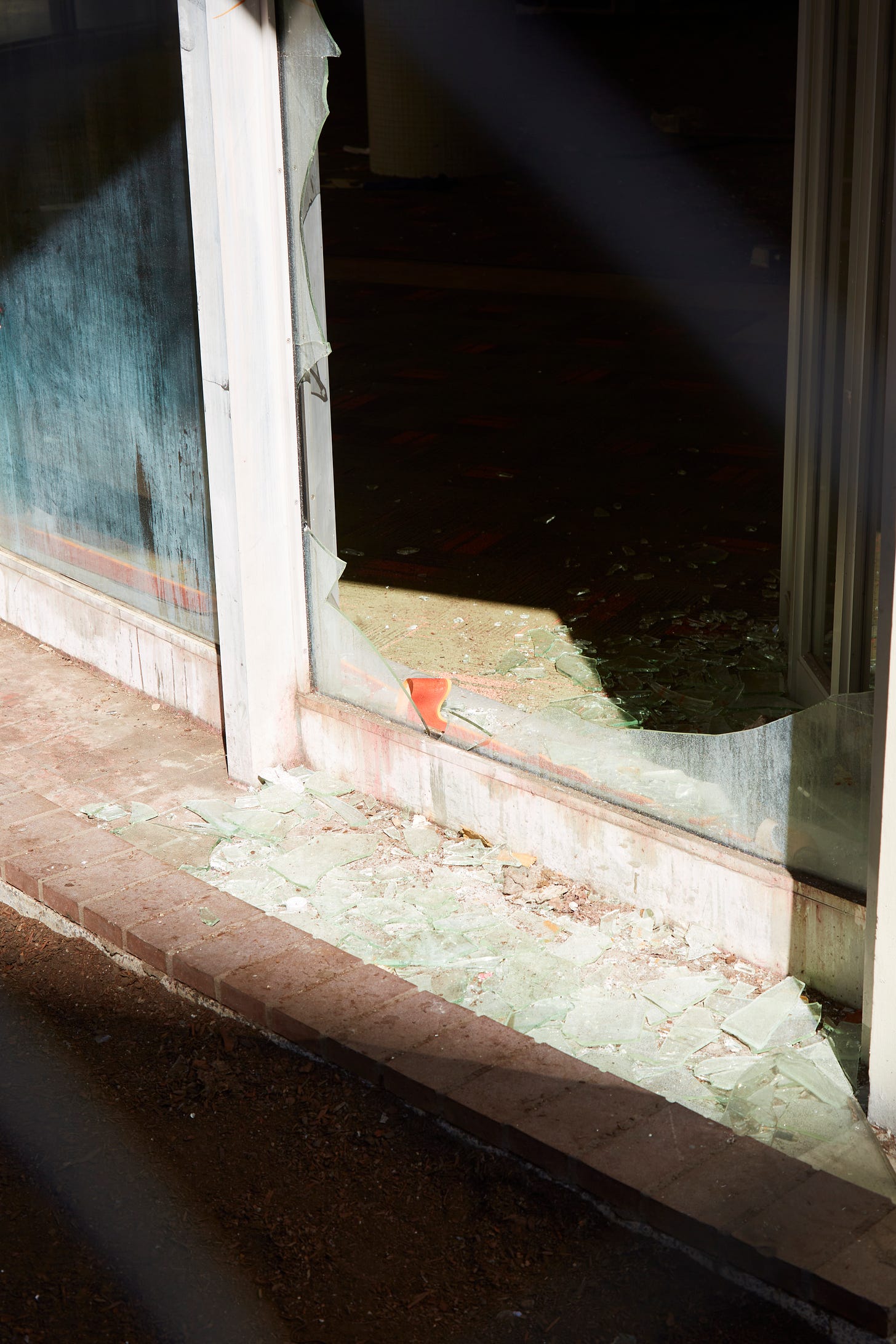
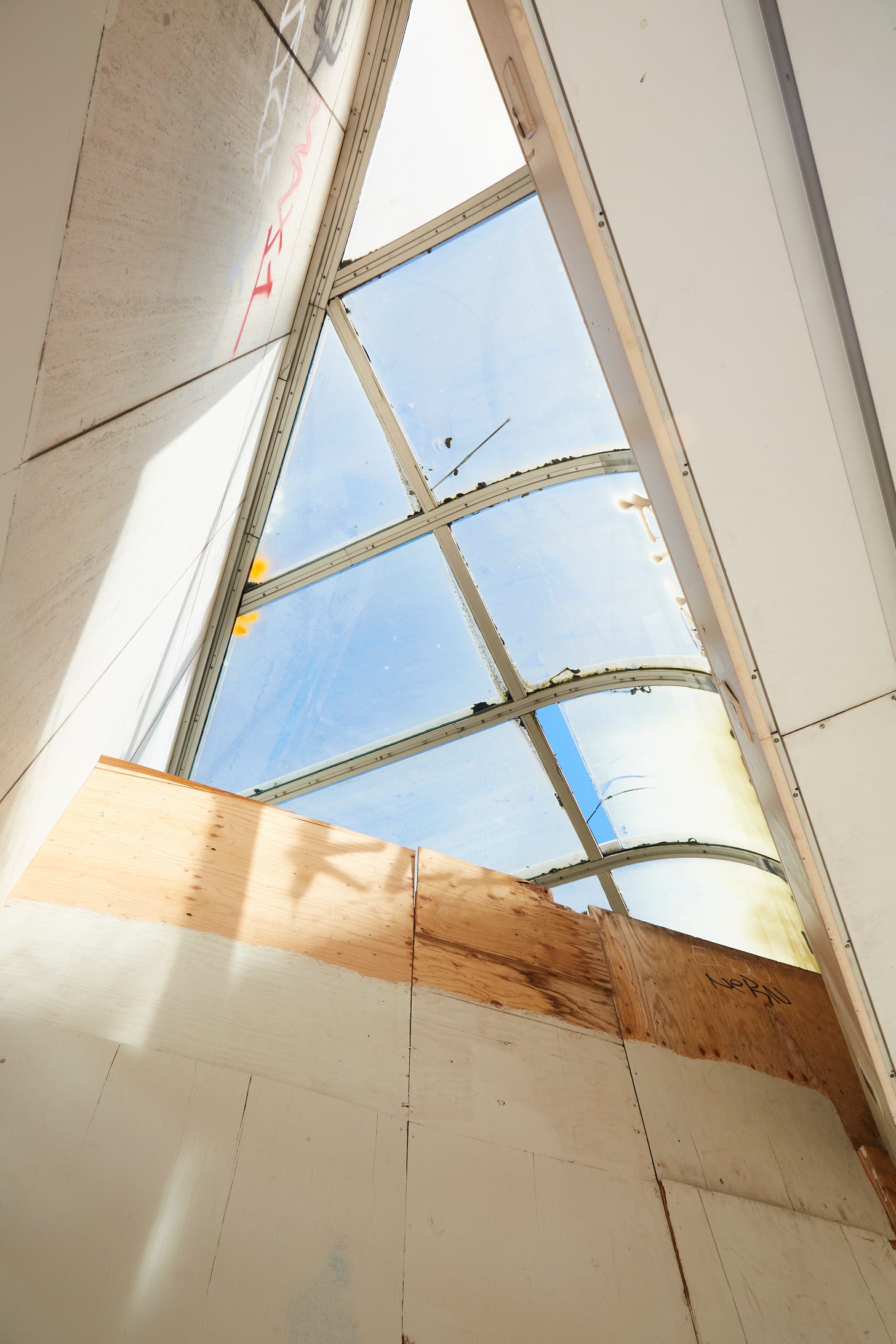

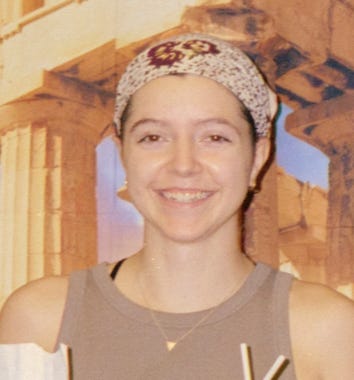

Jordan, these are amazing images. As a fellow Willamette Week contributor, I often wrestle with ethical questions about what should and shouldn't be published. In fact, what led me here was my contemplation on this very issue after being assigned to update the WW file on this property in the aftermath of the police raid the other day. There was a specific ask to show that people had returned to this property, but that also meant photographing in a way that showed identifiable faces, at least it did in the shots I turned in. Technically speaking, if someone is out in public, they don't have an expectation of privacy, but that is a pretty reductive way of describing the issue, since there is the insinuation of drug use by being photographed as part of a story about a fentanyl market. I don't know if I got this one right or not. Anyway, love your work!